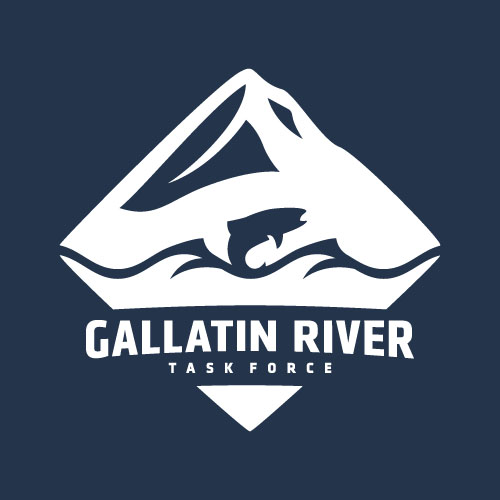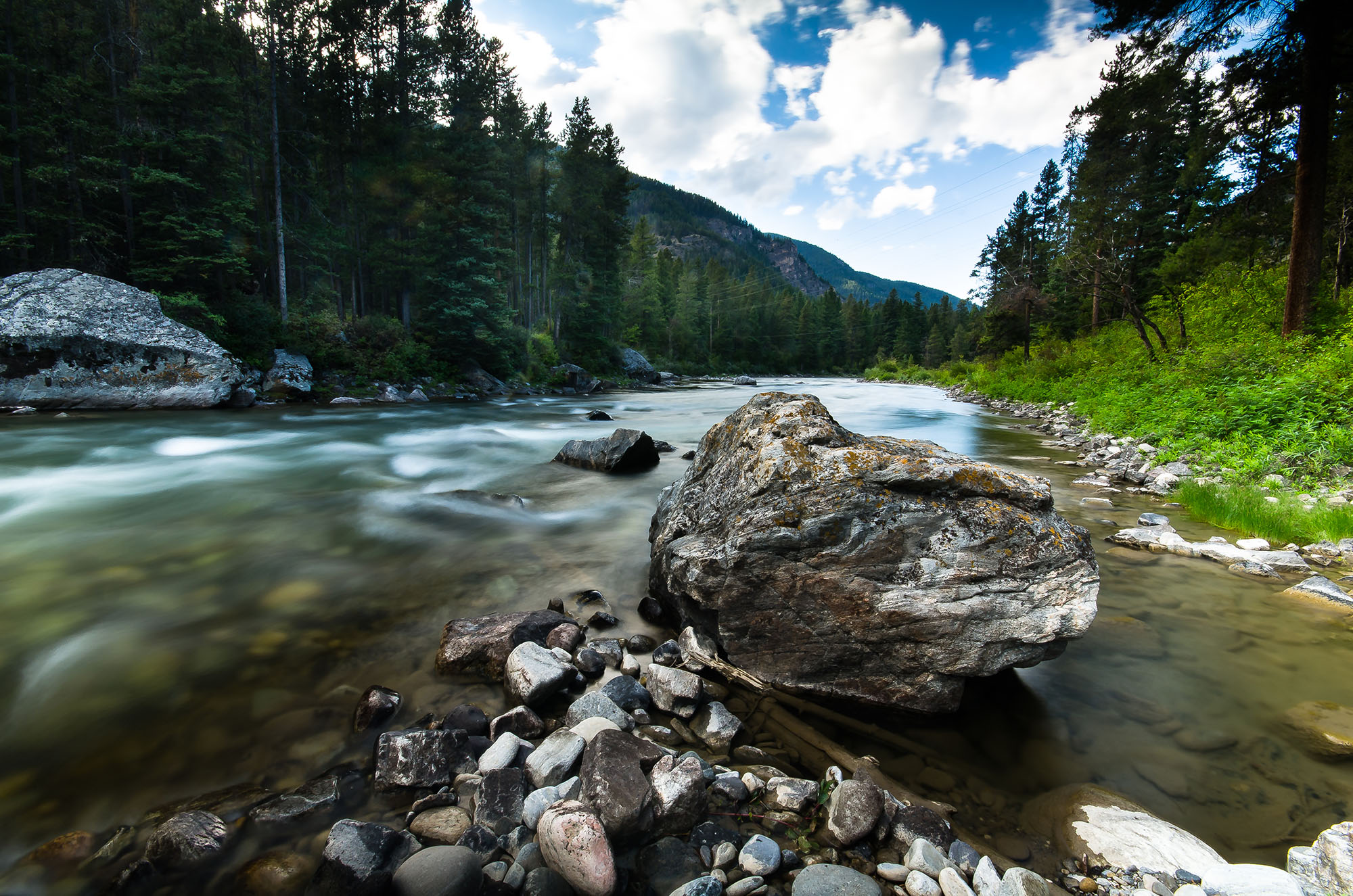When we talk about sources of pollution to rivers and streams, and more specifically about how different sources of pollution find their way into the Gallatin, we are talking about two distinct and different sources: point source, and nonpoint source (NPS) pollution.
Point source pollution is distinctively different from nonpoint source pollution in that point source pollution, as defined under the federal Clean Water Act (CWA), includes “those pollutants that enter surface water via any discernible, confined and discrete conveyance.” Point source pollutants are the product of human activities from a specific location, such as discharges, and via an identifiable source, such as a pipe. Point sources are regulated, meaning that facilities must have a permit to discharge pollutants from point sources into waterbodies like a river.
In cities with wastewater management facilities that directly discharge into a waterway, a pipe (or pipes) is in place to transport treated wastewater directly into the river or waterway. These pipes serve as specific “point sources” and are open to being regulated, shut off, rerouted, or otherwise controlled by a regulatory agency. For reference, Big Sky does not have a direct point source that goes into the Gallatin River. Unlike Bozeman, Livingston, and Ennis, who do utilize direct point source discharge, Big Sky does not use any point source (piped) discharge to mitigate its treated community wastewater.
Unlike point source pollution from industrial and sewage treatment plants, nonpoint source pollution (NPS) comes from many diffuse sources, and can be caused by things like rainfall and snowmelt moving over and through the ground. As the runoff moves, it picks up and carries away natural and human made pollutants, depositing them into lakes, rivers, wetlands, and groundwater. This type of pollution comes from contaminants on the ground or in soils that occur naturally or from humans. Examples of NPS from different sources are things such as pet waste, irrigation, fertilizers, recreation, and septic systems, as well as grazing, timber harvest, and abandoned mine lands.
Because there is such a wide range of NPS pollutants and conditions, their journey from source to the river is often difficult to trace—i.e., you can’t identify a single point, or pipe, going into the river as the problem, or source of pollution. With specific NPS sources coming from things that are more difficult to point to—like dog or horse waste, fertilizers, or septic systems—it becomes equally as difficult to quantify or enforce regulations to these sources. Despite this, we know that during storm events or when runoff is high, they end up contributing pollutants to the river.
According to the Montana DEQ, nonpoint source pollution is the largest contributor of water quality problems on a statewide basis when compared to point sources of pollution. In a report by the Environmental Protection Agency, of all the waterbodies across the nation that have been assessed and a possible source of impairment identified, 85% of rivers and streams and 80% of lakes and reservoirs are polluted by nonpoint sources.
Montana’s goal, and one shared largely by the Gallatin River Task Force, is to support a clean and healthy environment by protecting and restoring water quality from the harmful effects of nonpoint source pollution. We believe this can best be achieved through voluntary water conservation practices that use the watershed approach to mitigate pollution sources. Things like more mindful irrigation, upgraded and expanded water and sewer facilities, and awareness of pollution sources are just the start. Without local capacity and landowner engagement, projects that contribute to improving water quality of nonpoint source pollution don’t happen.
To address nonpoint sources of water pollution, Congress enacted Section 319 of the Clean Water Act (CWA), which gives access to grant funding for states and other designated areas to support a wide range of activities and projects addressing nonpoint source pollution. Local Big Sky projects funded by Section 319 include restoration work along both the Middle Fork and the West Fork tributaries of the Gallatin.
These point and nonpoint sources are important to understand and be aware of because they give perspective to the effect that humans have on the landscape. Whether the source is an abundance of animal waste, excess fertilizer, septic systems, road salt, etc., these are sources that can be altered by human behavior. We can pick up the waste left behind by our pets, advocate for vegetation buffers between roads and waterways, and replace septic systems when they are outdated or showing signs of failure (or hook up to centralized systems).
It’s also important to note that while the DEQ can enforce regulations on point source pollution, any steps taken towards reducing nonpoint source pollution are voluntary. This makes the work of organizations like the Task Force so important because we have the tools to work within the community to change patterns and behavior that will improve the health of the river that aren’t required by law. For this reason, community engagement, public stewardship, and an understanding of the various—and significant—sources of pollution to the Gallatin are imperative for its future health.

